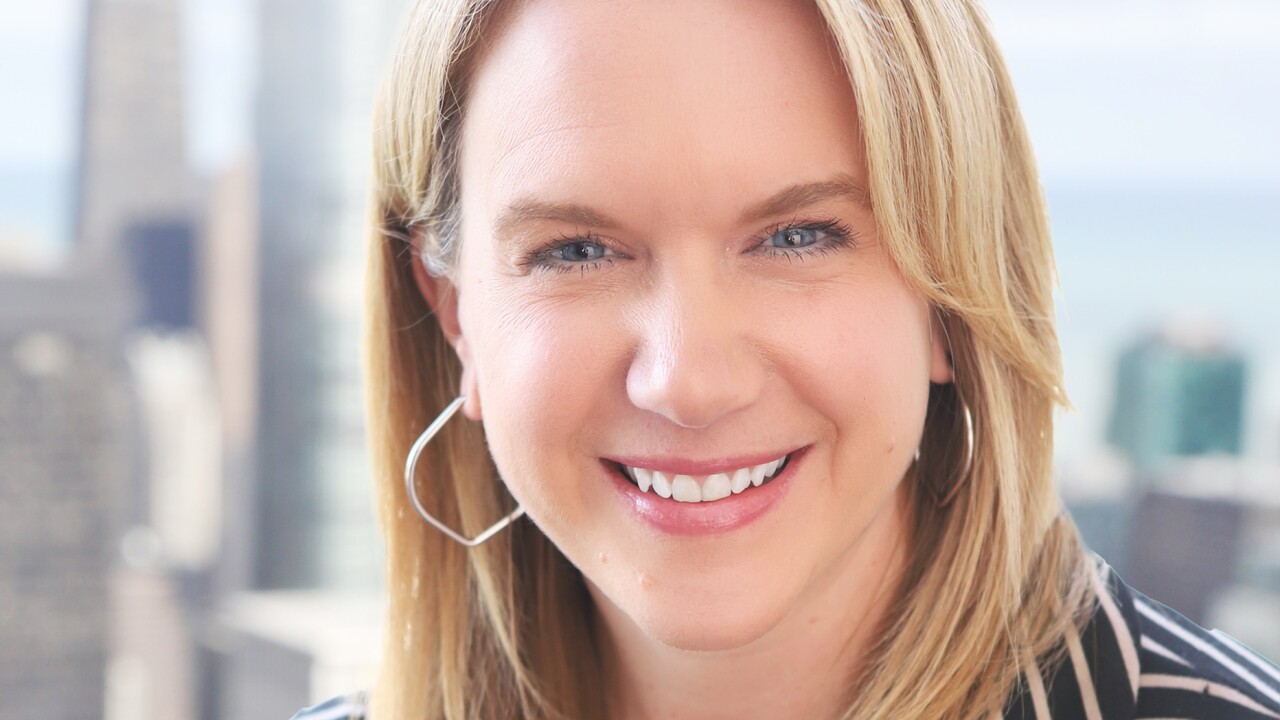Want unlimited access to top ideas and insights?
Why do consumers choose to bank with one institution over another?
That’s the question American Banker set out to answer when it teamed with the creative experience agency Monigle to survey consumers about what drives customer satisfaction and advocacy in banking.
Leveraging Monigle’s proprietary social sciences model and framework on Humanizing the Customer Experience, we found that even as demand for digital financial services intensifies, the human touch still matters in banking. We found that while traditional banks still own large market shares, they face increasing competition from credit unions and challenger banks, particularly when it comes to developing personal connections with customers.
We also learned a lot about why some financial firms fail to forge strong bonds with their customers. Indeed, among the key takeaways from
Monigle examined four key dimensions of the customer experience to determine how financial institutions can boost overall satisfaction and convert customers into brand advocates.
- Behavioral: The physical and digital interactions people have with financial institutions.
- Intellectual: What people think about when they go through their decision-making checklists.
- Emotional: The implicit motivators that define what people feel about their banks or credit unions.
- Sensorial: The visual, auditory and olfactory senses people connect with the environments created by financial institutions.
The full research report and additional details on the methodology can be found











